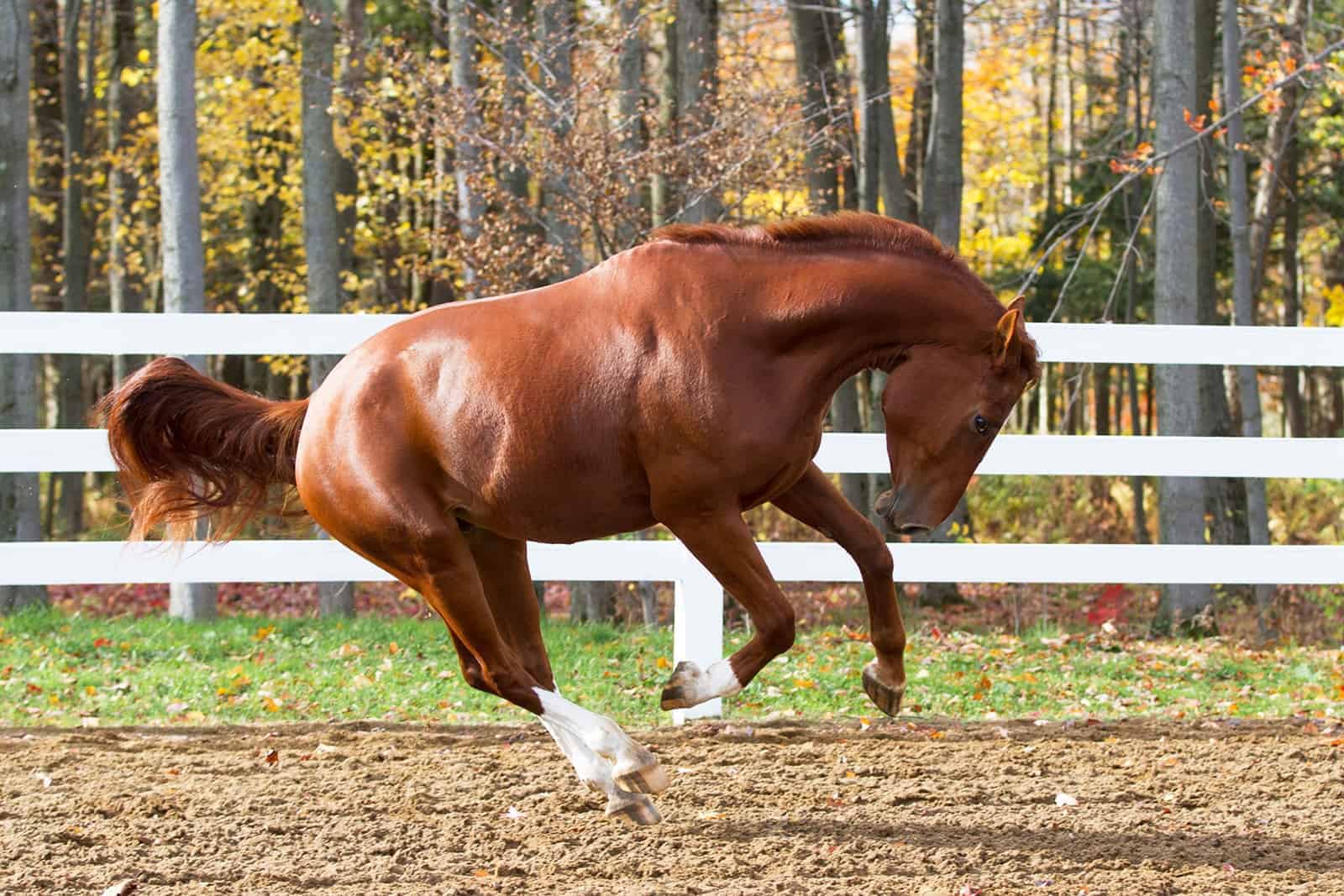Why Does Starch Make Horses Reactive?

Owners often supplement their horses’ diets with high-starch cereal grains to meet their nutrient and caloric requirements. Study results have shown, however, that starch can make horses more reactive. The question that remains: Why?
Louise Bulmer, a PhD student studying under Peter Hastie, BSc, MSc, PhD, and Prof. Jo-Anne Murray, PhD, MSc, PgDip, PgCert, BSc (Hons), BHSII, RNutr, PFHEA, at the University of Glasgow, in Scotland, took a closer look at the gut-brain axis to try to find an answer. She shared her findings at the 2019 Equine Science Society Symposium, held June 3-6 in Asheville, North Carolina.
The gut-brain axis is the bidirectional communication system between the gastrointestinal (GI) system and the central nervous system (CNS). Changes in gut microbes can affect CNS function and vice versa via known pathways
Create a free account with TheHorse.com to view this content.
TheHorse.com is home to thousands of free articles about horse health care. In order to access some of our exclusive free content, you must be signed into TheHorse.com.
Start your free account today!
Already have an account?
and continue reading.

Written by:
Alexandra Beckstett
Related Articles
Stay on top of the most recent Horse Health news with











